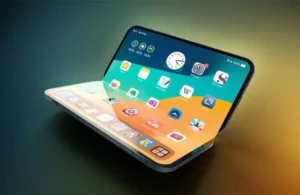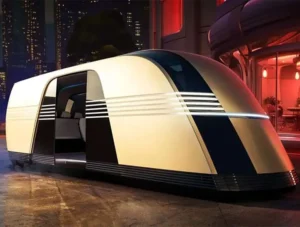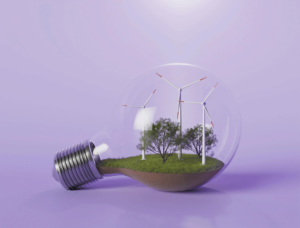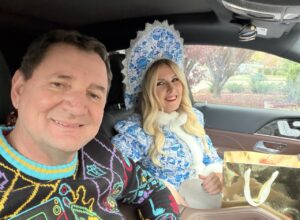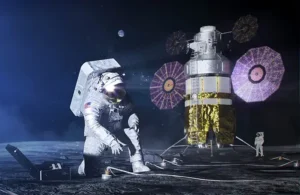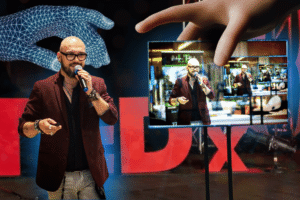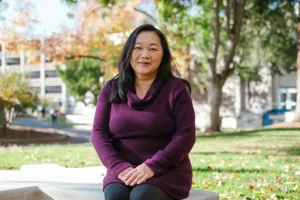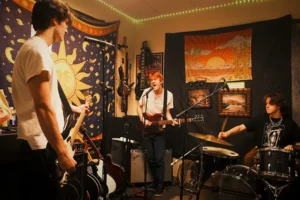In the heart of tech-powered California, in San Francisco, something more than another innovation is being born.
Here, a new vision is forming — of how humans and machines can merge not as rivals, but as partners.
And one of the people leading that transformation is Sam Altman, the head of OpenAI, a man whose name is already written into the story of modern civilization.
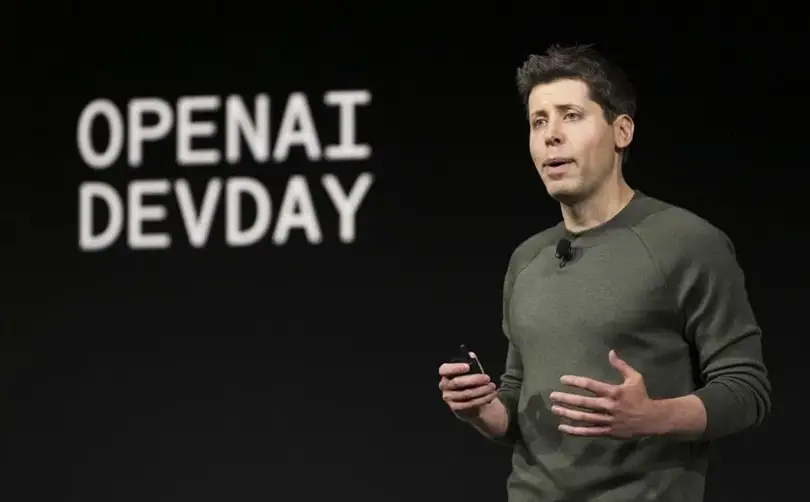
This is not a story about a lone genius or a technological miracle.
It’s about a person who dared to set a new direction for humanity — and did so from California, the state where ideas often become the laws of the future.
I. From Startups to Artificial Intelligence
Sam Altman began his career as a developer and entrepreneur.
He became one of the youngest participants — and later the president — of the legendary Y Combinator, the startup accelerator that launched Airbnb, Dropbox, Reddit, and hundreds of others.
But his defining move came with the creation of OpenAI — an organization built on a radical promise: to make artificial intelligence accessible, safe, and beneficial for everyone.
When most of the world was still unsure what AI even meant, Altman already saw it as “a second electrical revolution.”
“We’re standing on the edge of a technology that could change everything — work, education, medicine, creativity. The key is ensuring it serves humanity, not the other way around.”
II. Human and Machine: A Partnership, Not a Battle
Altman’s core idea is that artificial intelligence shouldn’t strip people of purpose — it should help us become stronger.
He doesn’t share the doomsday vision of AI as a threat. To him, it all depends on how we build our relationship with technology.
“Machines won’t replace people. They’ll take away the routine and give us more time for what truly matters — thinking, creating, solving new problems.”
For Californians, where innovation is already part of the DNA, this is more than a slogan — it’s a blueprint.
From Silicon Valley startups to university labs, from Central Valley farmers to Los Angeles game designers, AI is steadily weaving itself into daily life.

III. The Speed of Change
Altman believes AI is advancing at a staggering pace.
What once seemed decades away is now, in his view, just a few years out — the arrival of Artificial General Intelligence (AGI).
“I’m amazed at how fast it’s happening. Each month brings leaps that used to take years.”
This isn’t futurism — it’s the perspective of someone standing at the center of it all.
For California, that pace is both a challenge and an opportunity.
In San Francisco and Palo Alto, new labs are shaping the future of work and raising questions that used to belong only to philosophy — now, they define reality.
IV. What It Means for Us
1. Work and Careers
Altman insists that AI won’t destroy jobs — it will redistribute them.
It gives power to people who once lacked resources or experience to compete.
What once took a decade to build — a career, a business — now starts with an idea and a set of AI tools.
Californians already see it: designers, programmers, lawyers, marketers all use ChatGPT and other models to accelerate their work.
“This is the best time to start your career,” Altman says. “AI gives beginners the ability to do what only experts could do before.”
2. Education and New Skills
AI, in Altman’s words, will become “a teacher for everyone.”
It can adapt to each learner’s pace, helping students and adults master new skills.
California’s education system is already moving this way — universities are offering courses on AI ethics and coding, schools use AI tutors for math and languages.
But there’s a deeper question: how do we keep learning human?
Altman’s answer is simple:
“AI shouldn’t replace curiosity. It should amplify it.”
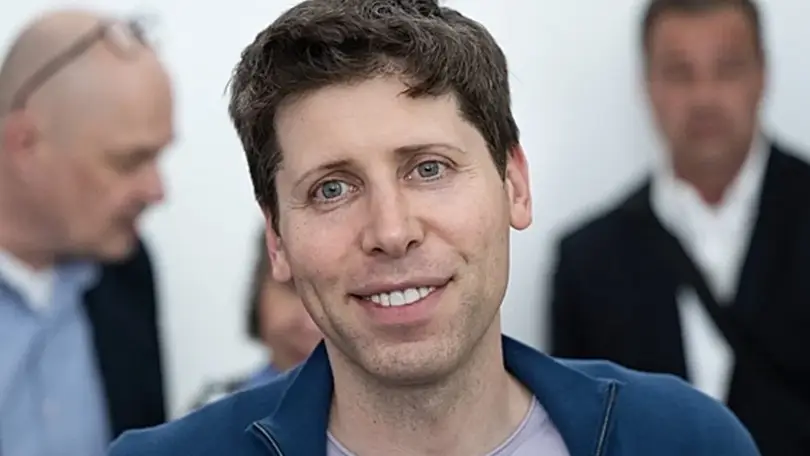
3. Risks and Responsibility
Altman is open about his concerns.
“I’m a little scared of this technology. Anything powerful can be misused. The key is setting the right boundaries.”
In California, that hits close to home — where debates on privacy, ethics, and regulation are especially strong.
Lawmakers are already discussing limits on AI in classrooms, courts, and advertising.
Altman often compares AI to nuclear energy:
“It’s a force that can light up cities — or destroy them. It’s up to us.”
4. Everyday Life
AI is already part of daily routines.
It helps manage homes, plan purchases, track health.
Soon, Altman predicts, everyone will have a personal “digital assistant” — a system that knows your habits, schedule, and goals.
But trust remains the cornerstone.
“We need to feel in control of the technology — not the other way around.”
V. Why This Matters Especially for California
California has always been the vanguard of change — the birthplace of the internet, social media, electric vehicles, and green energy.
Now, artificial intelligence stands next in line.
Altman believes the future of AI depends heavily on Californians — on how they respond, adapt, and balance freedom with responsibility.
“Here, people don’t wait for someone to tell them what to do. They create direction. That’s why California might be the place where humans and machines finally learn to understand each other.”

VI. Five Altman Ideas Worth Discussing
- AI isn’t a threat — it’s a tool. It can make us more productive and free.
- Trust is the new currency. Without it, technology fails.
- The future of work is collaboration between people and machines.
- Ethics must outpace speed. The faster AI evolves, the higher the responsibility.
- Everyone has influence. AI shouldn’t belong to corporations — it must serve society.
VII. What We Can Do Today
- Learn the technology. Don’t fear it — understand it.
- Share your experience. Tell others how you use AI in life or business.
- Think critically. Ask where the line lies between help and manipulation.
- Educate children through dialogue. Don’t ban — teach awareness.
- Connect. Build communities that explore both the promise and the risks of AI.
VIII. Conclusion
Sam Altman isn’t just a CEO — he’s a frontier thinker standing at the edge of a new era.
His approach unites science, business, and philosophy.
He doesn’t ask us to fear or worship machines — he calls for conscious partnership, a future where technology serves humanity and humanity gives it purpose.
Once again, California becomes not just a hub of innovation, but a laboratory of life itself.
“What will we do with this gift?” Altman asks. “Use it to rise higher — or let it rule us?”
The answer is ours to give.
And perhaps, right here in California, that answer is already taking shape.



